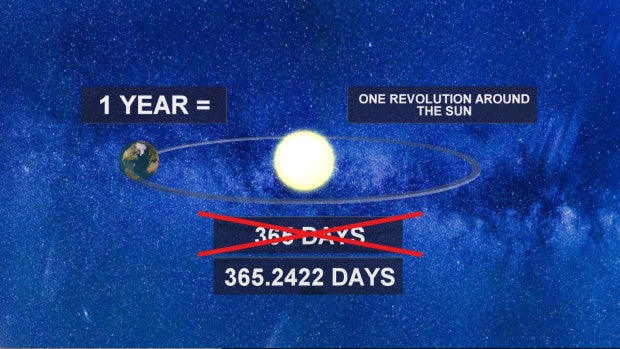What Is Leap Year, And Why Do We Have Them?
MIAMI (CBSMiami) -- What are you going to do with your extra day Saturday? It is Leap Day, when we add an extra day to our calendar because 2020 is a leap year. However, why do we even have leap years?
Let us start with the basics.
A year is defined as one trip around the sun, so 365 days — right?
Wrong. One revolution actually takes about 356-and-a-quarter days.
If you do the math, you will find it takes 5.8 hours more than a calendar year for earth to go around the sun.
Over time, that would add up.

In fact, if we did away with leap days, 100 years from now our calendar would be off by 24 days.
So, we add one full day to the calendar every four years. Problem solved, right? Not quite, because 365-and-a-quarter is not quite 365.24.
Even that little difference adds up to an error of about 11 minutes every year.
In 100 years, that would mean our calendar would be off 18 hours. Not bad, but still too much over the long run.
That's where "Leap Year Hopscotch" comes in.
Now, a leap year occurs in every year that is divisible by four, but only in century years that are evenly divided by 400.
Therefore, 800, 1200 and 2000 were leap years - but 1700 and 1900 were not, because even though they are divisible by four, they are not divisible by 400.
Even with this crazy rule, the calendar doesn't quite match the earth's revolution, but it's close enough.
It will take over three millennia before our calendar is one day off. At that point, it's someone else's problem.



